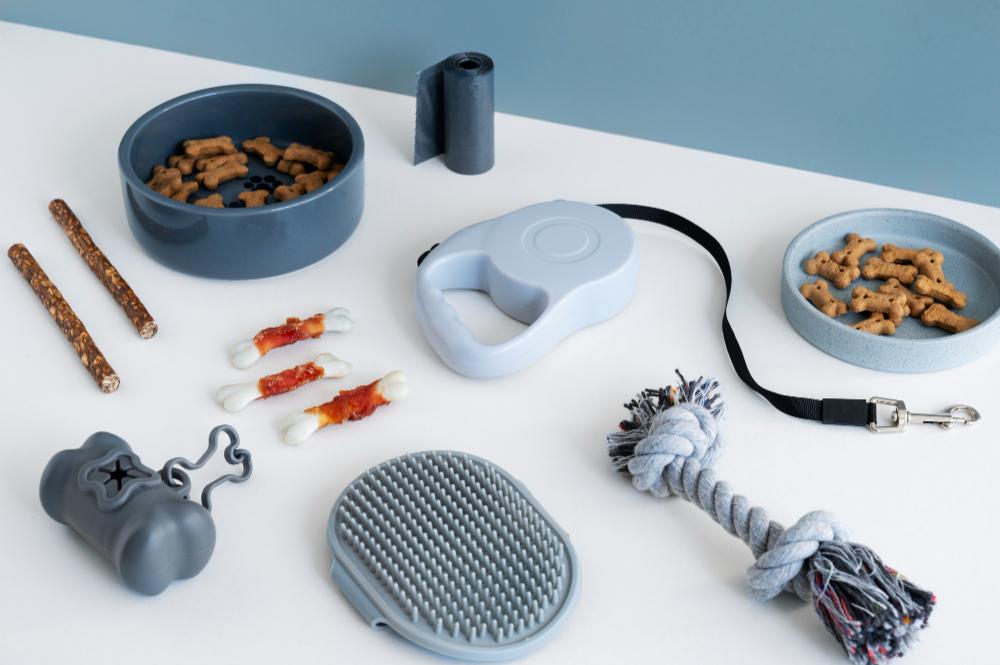Common Mercedes Suspension Problems and How to Fix Them

Mercedes-Benz vehicles are known for their luxury, performance, and smooth ride. A key part of that comfort comes from the sophisticated suspension systems that Mercedes uses—especially in models equipped with AIRMATIC or Active Body Control (ABC) suspensions. However, as advanced as they are, these systems can develop issues over time. In this guide, we’ll cover the most common Mercedes suspension problems and explain how professional Mercedes Suspension Repair can restore your vehicle’s performance and comfort.
1. Air Suspension Leaks (AIRMATIC System)
Many Mercedes models use the AIRMATIC air suspension system, which relies on air springs and compressors to adjust ride height and maintain comfort. Over time, the rubber air bags can dry out or crack, leading to air leaks.
Symptoms:
-
One corner of the vehicle sits lower than the others
-
Suspension warning light on the dashboard
-
Compressor runs constantly or fails
Fix:
-
Inspect and replace leaking air struts or air springs
-
Check the air compressor and valve block for faults
-
Ensure the system is recalibrated after repair
Tip: Regular inspection can help catch small leaks before they lead to compressor burnout.
2. Worn Control Arm Bushings
Control arms connect your wheels to the chassis and allow for up-and-down movement. The bushings on these arms wear out over time, especially under aggressive driving or poor road conditions.
Symptoms:
-
Clunking noises when going over bumps
-
Loose or unstable steering
-
Uneven tire wear
Fix:
-
Replace worn control arm bushings or the entire control arm if needed
-
Realign the wheels after replacement for optimal handling
3. Active Body Control (ABC) Hydraulic Issues
High-end Mercedes models often use the ABC system, which uses hydraulic fluid and sensors to reduce body roll. While it delivers a very smooth ride, it is complex and prone to issues.
Symptoms:
-
"Drive Carefully" or "ABC Visit Workshop" message
-
Bouncy or stiff ride
-
Visible fluid leaks under the car
Fix:
-
Check for hydraulic fluid leaks
-
Inspect the hydraulic pump, struts, and accumulators
-
Replace faulty components and flush the system if needed
4. Faulty Suspension Sensors
Mercedes suspension systems rely heavily on sensors to monitor ride height, load distribution, and vehicle dynamics. Faulty sensors can trigger warning lights and cause erratic suspension behavior.
Symptoms:
-
Suspension system warning light
-
Uneven ride height
-
Poor handling
Fix:
-
Use diagnostic tools to identify faulty sensors
-
Replace defective ride height or speed sensors
-
Recalibrate the system after repairs
5. Sagging Rear Suspension
Older Mercedes models, especially those with rear self-leveling suspensions, often experience sagging in the rear due to aging components.
Symptoms:
-
Rear end sits lower than the front
-
Bouncy rear ride
-
Fluid leaks near rear shock absorbers
Fix:
-
Replace hydraulic rear shocks or air springs
-
Check for leaks in the self-leveling system
-
Refill or flush hydraulic fluid if needed
Get Professional Mercedes Suspension Repair
Suspension issues can compromise both the safety and luxury of your Mercedes-Benz. Whether you're dealing with a sagging air spring, a leaky ABC system, or worn bushings, it's essential to get the problem diagnosed and repaired promptly.
At our suspension repair shop, we specialize in Mercedes Suspension Repair, using OEM-grade parts and advanced diagnostics to ensure your vehicle rides as smoothly as the day it left the factory. Don’t trust just anyone with your Mercedes—trust the experts who understand the precision engineering behind every model.






